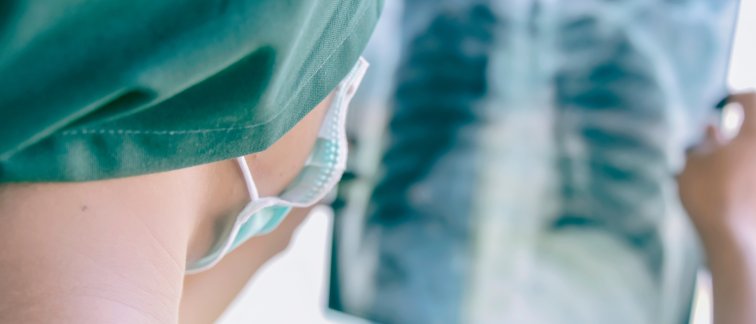De Vrije Universiteit Amsterdam and Amsterdam UMC have pioneered a cutting-edge bronchoscopic imaging technique that could eliminate the need for invasive biopsies. Pulmonologists Dr. Peter Bonta and Prof. Dr. Jouke Annema of the Amsterdam institute for Immunology and Infectious Diseases were involved in this study.
Annually in the Netherlands, up to 20,000 patients receive a diagnosis of interstitial lung disease (ILD), a condition involving various stages of inflammation and fibrosis in the outer lung regions. Accurately distinguishing between inflammation and fibrosis is challenging yet essential for effective treatment. ILD diagnosis relies on computer tomography (CT), but CT often lacks conclusiveness, prompting invasive lung biopsy recommendations.
Bronchoscopic Imaging Technique
In their recent study, pulmonologists Dr. Peter Bonta and Prof. Dr. Jouke Annema of Amsterdam UMC, alongside physicist Prof. Dr. Johannes de Boer from VU, demonstrated the efficacy of a bronchoscopic imaging technique in detecting fibrosis features and measuring pulmonary fibrosis without resorting to invasive biopsies.
This groundbreaking technique, named Endobronchial Polarization-Sensitive Optical Coherence Tomography (EB-PS-OCT), involves a minimally invasive approach using a small catheter inserted through a bronchoscope into the airways and outer lung areas. EB-PS-OCT produces three-dimensional cross-sectional images of lung segments, offering airway visuals with a 50-fold higher resolution than the current gold standard CT.
This technology can quantify fibrosis, offer fresh insights into disease progression, and aid in ILD diagnosis when HR-CT falls short. Integrating EB-PS-OCT into standard bronchoscopy for ILD has the potential to enhance diagnostic certainty, reduce invasive lung biopsies, and optimize cost-effectiveness by streamlining expensive treatments.
Source: this article is a revised version of an article originally published in Dutch on the website engineeringnet.be, authored by Lydia Heida. Access the original piece here.
Discover more about our research on Immunology:
Plants for Joints: The Impact of Plant-Based Nutrition on Your Joints (September 2023)
Bottom reached in restrictive blood transfusion policy (August 2023)
Professor Rustemeyer: there is a link between artificial nails and allergy (June 2023)
Follow Amsterdam institute for Immunology and Infectious Diseases on LinkedIn & Twitter/X.

